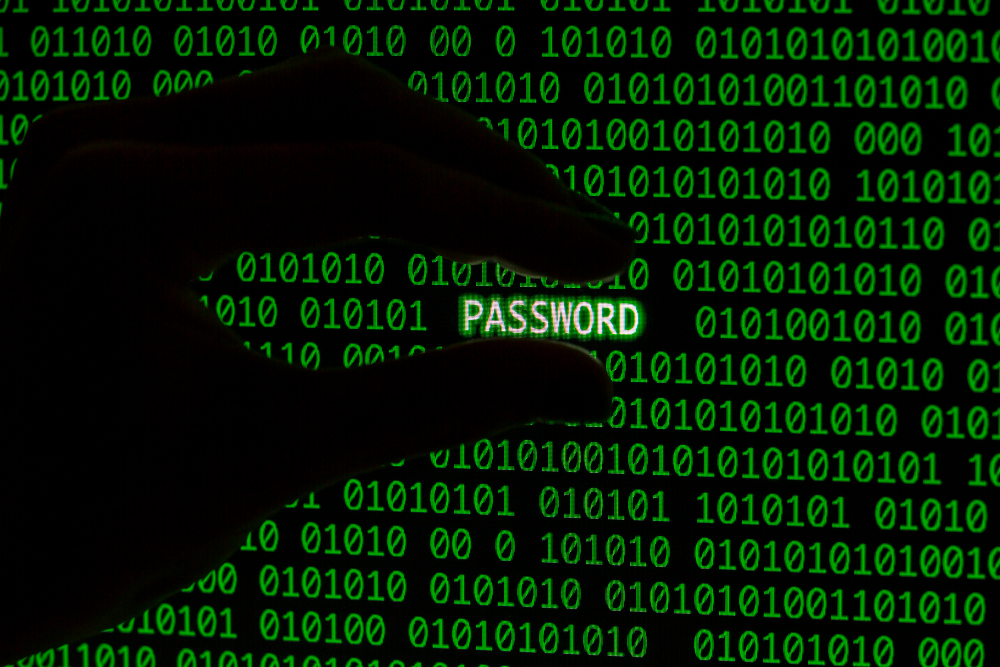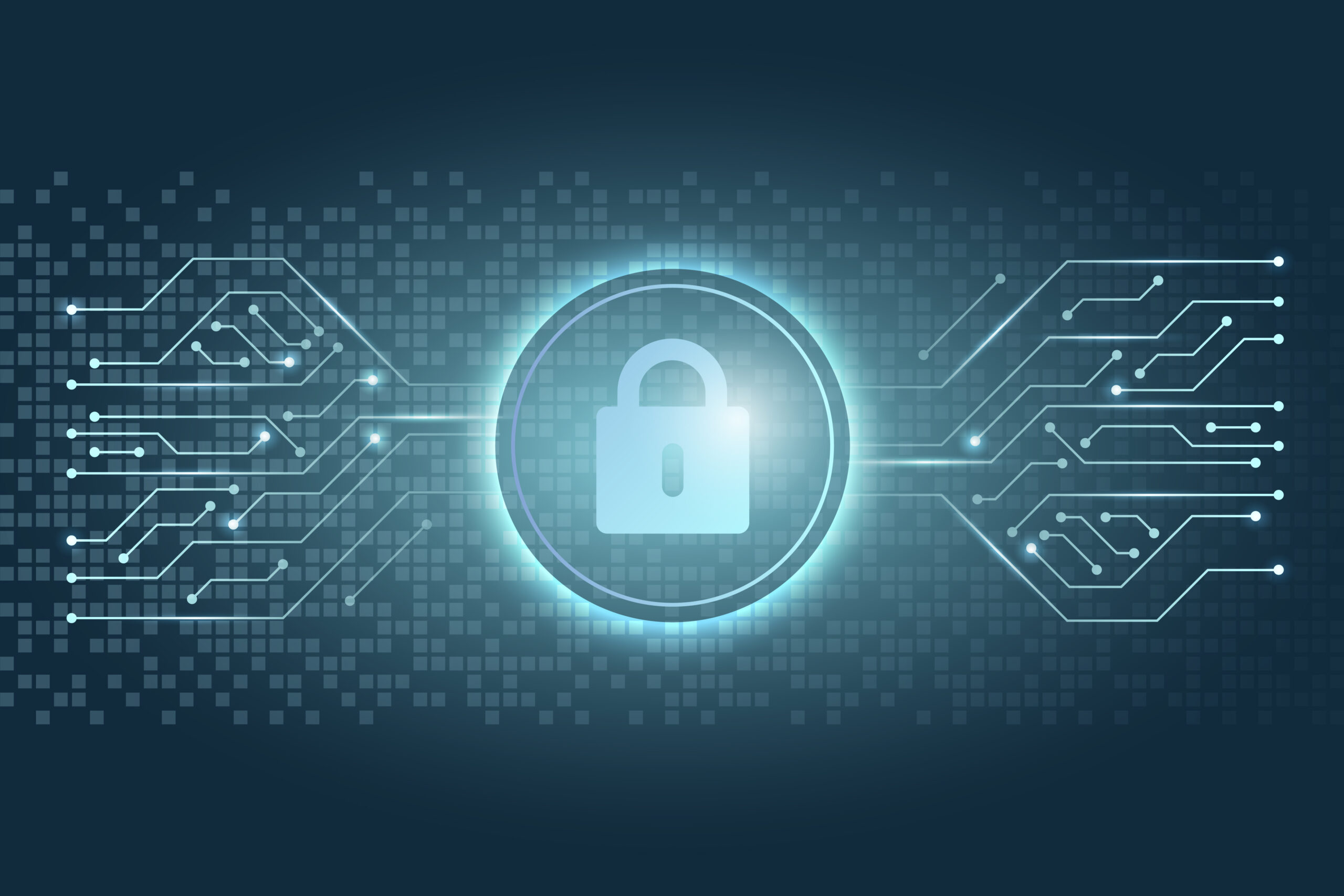How to Prevent a Data Breach Importance of Data Security for Businesses
Data security is a critical concern for businesses in today’s digital landscape. Protecting sensitive information from unauthorized access and breaches is not just a legal obligation but also a fundamental component of maintaining customer trust and operational integrity. Implementing robust security measures is essential to prevent potential data breaches that can lead to severe financial and reputational damage. The goal of this blog is to help our clients understand how to prevent a data breach.
Overview of the Impact of Data Breaches
Data breaches can have devastating consequences for businesses. Financial losses from regulatory fines, legal fees, and remediation costs can be substantial. Additionally, the loss of customer trust and damage to a company’s reputation can result in long-term business impacts. Understanding the far-reaching effects of data breaches underscores the necessity for proactive security strategies.
Mention Monmouth Wire and Computer Recycling’s Role in Data Security
Monmouth Wire and Computer Recycling plays a vital role in helping businesses prevent data breaches. By offering comprehensive IT Asset Disposition (ITAD) services, including secure data destruction and electronic recycling, they ensure that sensitive information is irreversibly destroyed. Their services help businesses maintain compliance with data security regulations and protect against data leaks.
Understanding Data Breaches and How to Prevent

Definition and Common Causes of Data Breaches
A data breach occurs when unauthorized individuals gain access to confidential information, often leading to data leaks. Common causes of data breaches include weak passwords, phishing attacks, malware, and insider threats. Understanding these causes is essential for developing effective prevention strategies.
Examples of Data Breaches in Recent Years
Several high-profile data breaches have highlighted the vulnerability of even the most secure systems. For example, the Equifax breach in 2017 exposed sensitive information of over 147 million people. Similarly, the Yahoo data breach affected billions of user accounts. These incidents serve as reminders of the importance of robust data security measures.
Statistics on the Frequency and Cost of Data Breaches
Data breaches are becoming increasingly common and costly. According to the IBM Cost of a Data Breach Report 2021, the average cost of a data breach is $4.24 million. The frequency of data breaches has also risen, with a significant increase in remote work creating more opportunities for cybercriminals. These statistics highlight the urgent need for businesses to invest in data security.
How to Prevent Data Breaches
Conduct Regular Security Audits
Assess Current Security Measures
To understand how to prevent a data breach, start with regular security audits. Assess your current security measures to ensure they are up-to-date and effective. This includes reviewing your hardware, software, and network security protocols.
Identify Vulnerabilities in Your System
Identifying vulnerabilities is crucial in preventing data breaches. During audits, pinpoint weaknesses in your system that could be exploited by cybercriminals. This proactive approach helps in mitigating potential threats before they lead to data leaks.
Regular Updates to Security Protocols
Security protocols should not be static. Regularly updating these protocols is essential to adapt to new threats. This includes applying patches, updating software, and revising security policies to keep up with evolving cybersecurity challenges.
How to Prevent Data Breach with Strong Password Policies

Enforce Complex Passwords
Strong password policies are fundamental in preventing data breaches. Enforce the use of complex passwords that combine letters, numbers, and special characters. This makes it harder for unauthorized users to gain access.
Regularly Update and Change Passwords
Regular password updates are a key practice in data breach prevention. Encourage employees to change their passwords periodically and avoid reusing old passwords. This reduces the risk of unauthorized access over time.
Use of Multi-Factor Authentication
Implementing multi-factor authentication (MFA) adds an extra layer of security. Even if passwords are compromised, MFA ensures that an additional verification step is required, significantly reducing the likelihood of data breaches.
Secure Data Destruction: How to Prevent Data Breach Effectively
Importance of Proper Data Destruction
Proper data destruction is vital to prevent data breaches. Simply deleting files is not enough, as data can often be recovered. Secure data destruction ensures that sensitive information is irreversibly destroyed, protecting it from unauthorized access.
Services Offered by Monmouth Wire and Computer Recycling
Monmouth Wire and Computer Recycling offers comprehensive secure data destruction services. They specialize in IT Asset Disposition (ITAD), providing businesses with reliable methods to dispose of outdated technology securely.
Detailed Process of Hard Drive Shredding and Degaussing
Hard drive shredding and degaussing are effective methods of data destruction. Shredding physically destroys the hard drive, making data recovery impossible. Degaussing uses powerful magnets to disrupt the data on the drive. Monmouth Wire and Computer Recycling ensures these processes are handled with the utmost security, preventing data breaches from discarded hardware.
By implementing these steps, businesses can significantly reduce the risk of data breaches and protect sensitive information from unauthorized access.
Use Encryption for Sensitive Data
Encrypt Data Both in Transit and at Rest
To effectively understand how to prevent a data breach, it is crucial to implement encryption for sensitive data. Encryption should be applied both when data is in transit (being sent over networks) and at rest (stored on devices). This dual-layered approach ensures that data remains secure from unauthorized access during all stages of its lifecycle.
Utilize Advanced Encryption Standards
Utilizing advanced encryption standards (AES) is essential in protecting sensitive information. AES is widely recognized for its robustness and efficiency in securing data. By adopting such high standards, businesses can significantly reduce the risk of data breaches and ensure that their data remains confidential and secure.
Employee Education: How to Prevent Data Breach Through Awareness and Training
Regular Training Sessions on Data Security
Regular training sessions on data security are vital for preventing data breaches. Employees should be educated about the latest threats and security practices. These sessions can cover topics such as recognizing phishing emails, safe internet browsing, and proper handling of sensitive information. By keeping employees informed, businesses can create a first line of defense against potential breaches.
Creating a Culture of Security Awareness
Creating a culture of security awareness within an organization is another key strategy in how to prevent a data breach. This involves instilling the importance of data security in every employee, from entry-level staff to top management. When everyone understands the role they play in protecting data, the organization as a whole becomes more resilient to threats.
Deploy Firewalls and Anti-Malware Solutions

Ensure Robust Firewall Configurations
One of the fundamental steps in how to prevent a data breach is ensuring robust firewall configurations. Firewalls act as the first line of defense against unauthorized access to your network. Properly configured firewalls can block malicious traffic and prevent potential intrusions. It is essential to regularly review and update firewall rules to adapt to new threats and ensure maximum protection.
Use Reliable Anti-Malware Software
Using reliable anti-malware software is crucial for safeguarding against malicious attacks. Anti-malware solutions detect and remove various types of malware, including viruses, ransomware, and spyware. To prevent data breaches, it is important to choose reputable anti-malware software that provides real-time protection and regular updates to combat the latest threats.
Regularly Update and Patch Systems
Regular updates and patches are vital components in preventing data breaches. Outdated systems and software can have vulnerabilities that cybercriminals exploit. By keeping all systems and applications up-to-date with the latest patches, businesses can close security gaps and reduce the risk of breaches. Implementing an automated update system can ensure timely application of patches.
Develop an Incident Response Plan
Steps to Take in the Event of a Breach
Having a well-defined incident response plan is essential for how to prevent a data breach from escalating. The first step in the event of a breach is to immediately contain the breach to prevent further damage. This may involve disconnecting affected systems from the network. Next, assess the extent of the breach and identify compromised data.
Importance of Quick Response and Mitigation
Quick response and mitigation are critical to minimize the impact of a data breach. Prompt action can prevent further data loss and reduce recovery costs. A swift response also helps in maintaining customer trust and regulatory compliance. Businesses should have predefined roles and responsibilities for their incident response team to ensure efficient handling of breaches.
Detailed Incident Response Protocols
Detailed incident response protocols provide a structured approach to managing data breaches. These protocols should include steps for detecting, containing, eradicating, and recovering from breaches. Regular drills and simulations can help prepare the incident response team to execute the protocols effectively. Documentation of all actions taken during a breach is important for post-incident analysis and improving future response strategies.
By deploying robust firewalls, reliable anti-malware solutions, and having a solid incident response plan, businesses can significantly enhance their defenses against data breaches. Monmouth Wire and Computer Recycling offers essential services to support these efforts, ensuring comprehensive data security for their clients.
How to Prevent a Data Brach: Monitor and Analyze Network Traffic
Importance of Network Monitoring
Understanding how to prevent data breaches involves continuous network monitoring. Monitoring network traffic helps detect unusual activities that could signify a potential breach. By keeping a close watch on the data flow, businesses can identify and mitigate threats before they cause significant damage.
Tools and Software for Network Analysis
Utilizing advanced tools and software for network analysis is essential. Solutions like Intrusion Detection Systems (IDS), Intrusion Prevention Systems (IPS), and Security Information and Event Management (SIEM) platforms provide comprehensive insights into network activities. These tools help in detecting, analyzing, and responding to potential threats in real-time.
Early Detection of Suspicious Activities
Early detection of suspicious activities is a critical step in preventing data breaches. By analyzing network traffic patterns, businesses can identify anomalies that indicate a security threat. Proactive monitoring enables quick responses to potential breaches, minimizing the impact on the organization.
Careful Employee Offboarding: Prevent Data Breaches

Importance of Secure Offboarding Processes
A significant aspect of how to prevent data breaches is ensuring secure employee offboarding. When employees leave, it is crucial to revoke their access to company systems and retrieve all company assets. Proper offboarding processes help prevent former employees from accessing sensitive data and reduce the risk of insider threats.
Steps for Proper Asset Retrieval and Data Access Revocation
- Revoke Access Immediately: Ensure that all access credentials, including passwords and security tokens, are deactivated as soon as an employee departs.
- Retrieve Company Assets: Collect all company-owned devices, such as laptops, mobile phones, and USB drives, from the departing employee.
- Update Access Controls: Modify access controls to remove the former employee from all systems and applications.
- Conduct Exit Interviews: Use exit interviews to gather insights and ensure all assets are returned.
By effectively monitoring network traffic and ensuring secure employee offboarding, businesses can significantly reduce the risk of data breaches. Monmouth Wire and Computer Recycling provides essential services to support these efforts, ensuring comprehensive data security for their clients.
Proactive measures are crucial in understanding how to prevent data breaches, including regular security audits, strong password policies, encryption, employee education, and robust network monitoring. These practices help businesses safeguard sensitive information and maintain operational integrity. Monmouth Wire and Computer Recycling is a trusted partner in this endeavor, offering expert IT Asset Disposition (ITAD) and secure data destruction services. To protect your business from data breaches, contact Monmouth Wire and Computer Recycling today and ensure your data security with industry-leading solutions. Visit Monmouth Wire and Computer Recycling to learn more.

